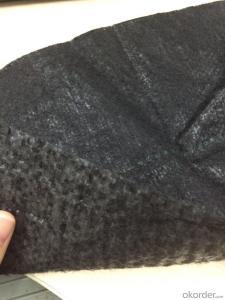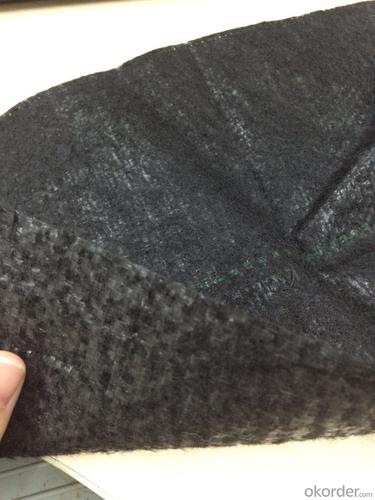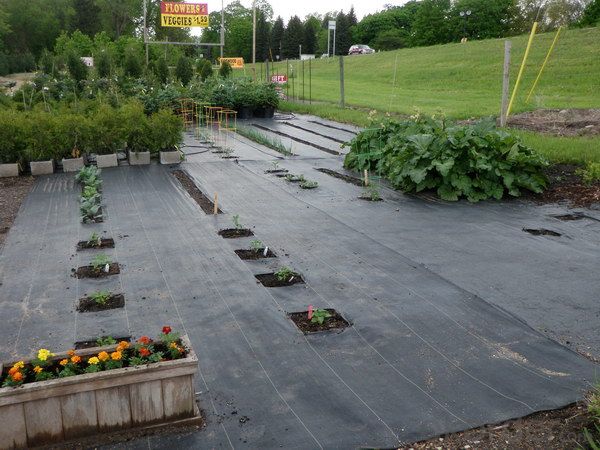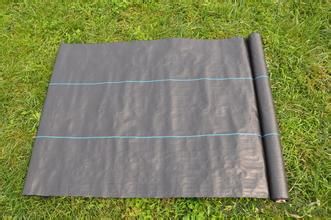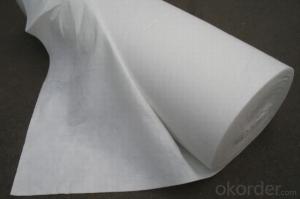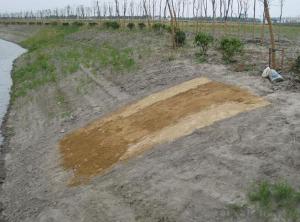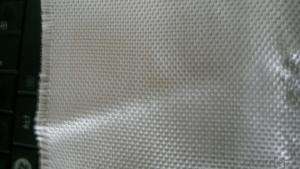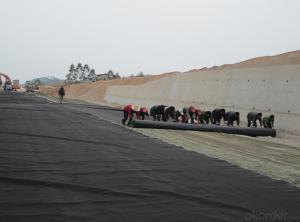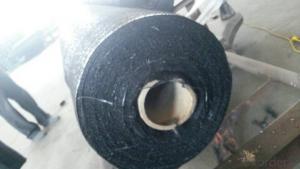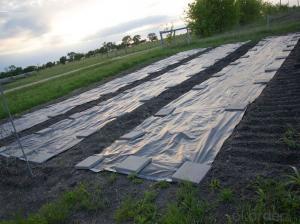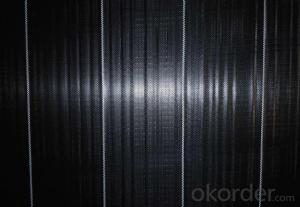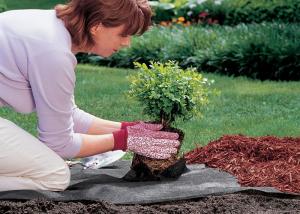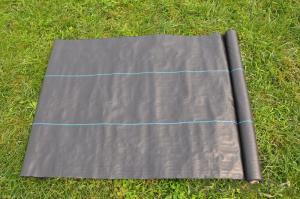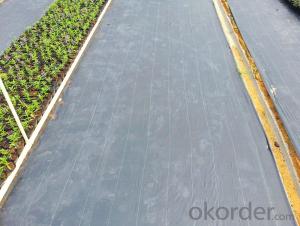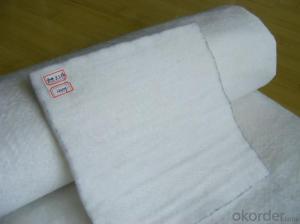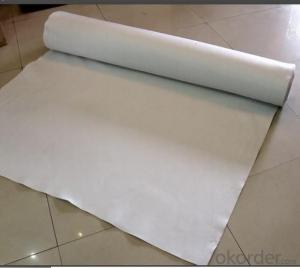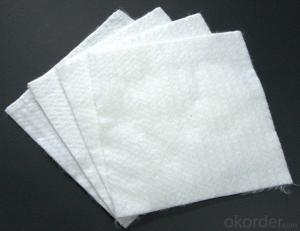Geotextile Tube Silt Fence with Pocket & Wooden Stake/Polypropylene Fabric
- Loading Port:
- China main port
- Payment Terms:
- TT OR LC
- Min Order Qty:
- 5000 roll
- Supply Capability:
- 100000 roll/month
OKorder Service Pledge
OKorder Financial Service
You Might Also Like
1. Production Introduction
Polypropylene fabric is made of environmentally friendly raw materials, pp spunbond nonwoven fabric. It used to prevent the growth of weed, without the use of potentially dangerous chemical sprays or labor intensive hoeing. Once installed, weed mat will continue providing protection for years without maintenance.
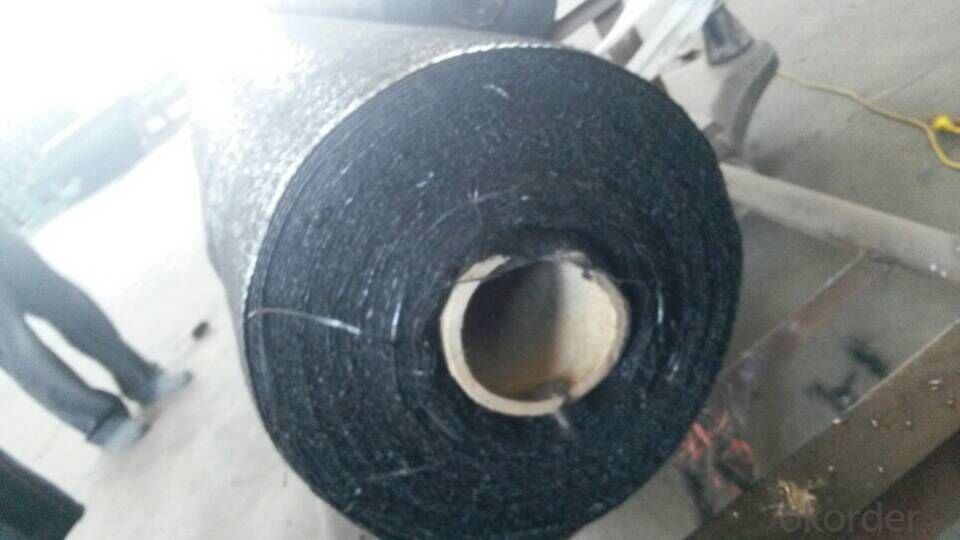
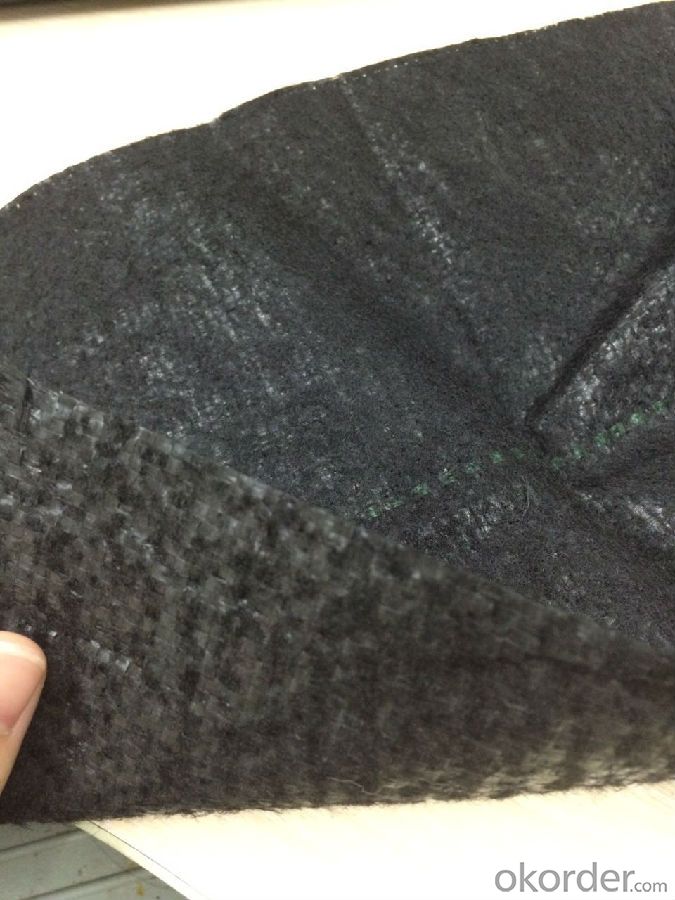

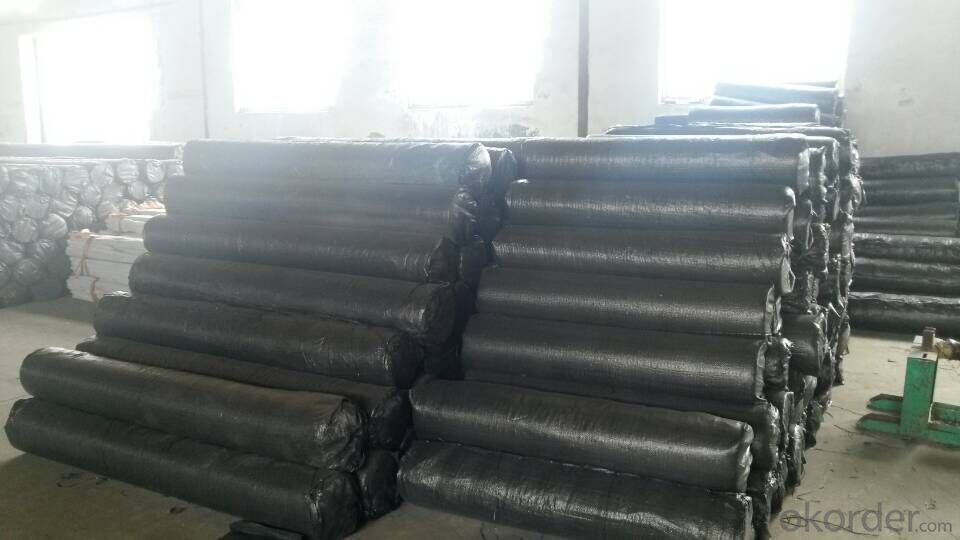
2. Production Feature:
1. Weed suppressant and drainage control landscaping fabric
2. Spun bonded non-woven fabric – will not fray when cut
3. Easy to use
4. Environmentally friendly
5. Allows water, air and nutrients through, suppressing weeds without the use of chemicals
6. Good alternative to Plantex® where cost is a factor
7. UV Stabilised
8. Reduces the level of watering required due to the slower rate of water evaporation
3. Production Function:
1. Cover crops in the ground surface,prevent weeds and against the insect
2. Controlling soil humidity and the temperature
3. Does not affect the growth of the crops
4. Protects plants from harmfully solar radiation
5. Air permeability, water permeability help crops growth.
6. Mothproof, eco-friendly, breathable, anti-bacteria, tear-resistant, fusible
4. Production Applications:
1. Weed block for landscaped garden beds
2. Permeable liners for planters (stops soil erosion)
3. Weed control under wooden decking
4. Geotextile for separating aggregate / soils under walkway blocks or bricks
5. Assists in preventing paving from settling unevenly
6. Landscape fabric prevents soil erosion
5. FAQ:
Q1: What is your minimum order quantity?
A:The minimum order quantity is 5000 ,but it is negotiable.
Q2:What is your payment terms?
A: T/T,Western Union,Paypal,L/C...
Q3:What is your delivery time?
A:Production time usually costs 2-20 days.
Waiting to cooperate with you!
- Q: Geomembrane and geotextile difference?
- 1, geotextile, also known as geotextile, it is made of synthetic fiber through acupuncture or woven from the permeability of geosynthetics. Finished cloth for the cloth, the general width of 4-6 meters, the length of 50-100 meters. Geotextile is divided into a woven geotextile and non-woven geotextile. Geotextile has excellent filtration, drainage, isolation, reinforcement, anti-seepage, protection, with light weight, high tensile strength, good permeability, high temperature, anti-freeze, anti-aging, corrosion resistance. 2, geomembrane construction site geomembrane to plastic film as impermeable substrate, and non-woven composite made of soil impermeable material, its impermeability depends mainly on the plastic film impermeability. At present, domestic and foreign anti-seepage application of plastic film, mainly polyvinyl chloride (PVC) and polyethylene (PE), EVA (ethylene / vinyl acetate copolymer), they are a polymer chemical flexible material, the proportion of small, Strong extension, high adaptability to deformation, corrosion resistance, low temperature resistance, good frost resistance. The main mechanism is to plastic film impermeable barrier earth dam leakage channel, with its large tensile strength and elongation to withstand water pressure and adapt to the dam deformation; and non-woven is also a polymer short fiber chemistry Material, through the needle or hot tack forming, with high tensile strength and extensibility, it is combined with the plastic film, not only increased the tensile strength of plastic film and anti-puncture ability, and because the non-woven surface rough , Which increases the friction coefficient of the contact surface, which is favorable to the stability of the composite geomembrane and the protective layer. At the same time, they have good resistance to bacteria and chemical resistance, not afraid of acid, alkali, salt erosion.
- Q: Can geotextiles be used in riverbank stabilization projects?
- Yes, geotextiles can be used in riverbank stabilization projects. Geotextiles are often employed to reinforce and protect soil in various civil engineering applications, including riverbank stabilization. They can help prevent erosion, control sediment movement, and provide stability to riverbanks by improving soil strength and drainage.
- Q: Can geotextiles withstand harsh weather conditions?
- Yes, geotextiles are designed to withstand harsh weather conditions. They are made from durable materials that can resist extreme temperatures, heavy precipitation, and UV radiation. Additionally, geotextiles have excellent drainage properties, ensuring they can handle excessive moisture and prevent erosion even in challenging weather conditions.
- Q: How do geotextiles help with reinforcement of geotextile bags?
- Geotextiles help with the reinforcement of geotextile bags by providing strength and stability to the bags. They act as a barrier and prevent the soil or other fill material from escaping through the pores of the bags. Additionally, the geotextiles distribute the weight of the fill material evenly, reducing the risk of bulging or bursting of the bags.
- Q: What are the routine tests of geotextile geotextiles?
- The geocell is mainly the tensile strength of the tensile test lattice sheet and the peel strength of the solder joint. Geotextile according to the specific circumstances of the use of the project 1. Roadbed reinforcement, isolation is mainly tensile test tensile strength, elongation, tear strength and CBR top broken 2. Filter with the addition of these also use the vibrating screen test Equivalent pore size 3. Maintenance is mainly weight, thickness and strength
- Q: How do geotextiles help in soil stabilization?
- Geotextiles help in soil stabilization by acting as a barrier between soil layers, preventing erosion and promoting the consolidation of the soil. They enhance soil strength, reduce soil settlement, and improve drainage, ultimately ensuring better stability and longevity of structures built on or with the support of the soil.
- Q: Can geotextiles be used in temporary erosion control applications?
- Yes, geotextiles can be used in temporary erosion control applications. Geotextiles are commonly used for erosion control as they can stabilize soil and prevent erosion by providing a barrier against water flow while allowing for proper drainage. They are durable, flexible, and can be easily installed and removed, making them suitable for temporary erosion control measures.
- Q: National standard geotextile and non - standard how to distinguish
- Detection data are different. Appearance quality is also more obvious.
- Q: What are the different types of geotextiles?
- There are several different types of geotextiles, including woven geotextiles, non-woven geotextiles, and knitted geotextiles. Woven geotextiles are made by weaving synthetic fibers together, creating a strong and durable material. Non-woven geotextiles are made by bonding or felting synthetic fibers together, providing filtration and drainage capabilities. Knitted geotextiles are produced by interlocking synthetic yarns, offering high tensile strength and flexibility. Each type of geotextile serves specific purposes in various applications, such as erosion control, soil stabilization, and drainage systems.
- Q: Geotextile price
- If you want to consult the price of geotextile, (I do not know you want to filament geotextile or short wire geotextile), first of all to determine what you need is to achieve the national standard or non-standard, followed by the specifications you want, mainly per square meter Weight, there is a need to contact
Send your message to us
Geotextile Tube Silt Fence with Pocket & Wooden Stake/Polypropylene Fabric
- Loading Port:
- China main port
- Payment Terms:
- TT OR LC
- Min Order Qty:
- 5000 roll
- Supply Capability:
- 100000 roll/month
OKorder Service Pledge
OKorder Financial Service
Similar products
Hot products
Hot Searches
Related keywords
